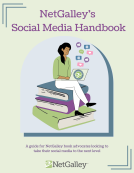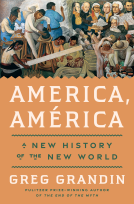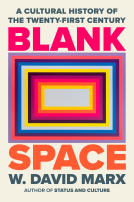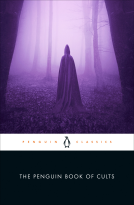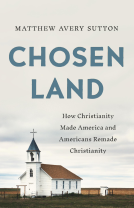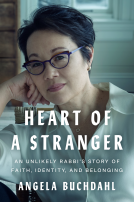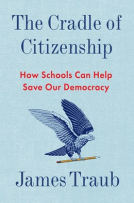
Fires in Our Lives
Advice for Teachers from Today’s High School Students
by Kathleen Cushman; Kristien Zenkov; Meagan Call-Cummings
This title was previously available on NetGalley and is now archived.
Send NetGalley books directly to your Kindle or Kindle app
1
To read on a Kindle or Kindle app, please add kindle@netgalley.com as an approved email address to receive files in your Amazon account. Click here for step-by-step instructions.
2
Also find your Kindle email address within your Amazon account, and enter it here.
Pub Date Mar 02 2021 | Archive Date Mar 03 2021
Talking about this book? Use #FiresinOurLives #NetGalley. More hashtag tips!
Description
The context in which adolescents are learning has shifted radically since students first offered blunt advice to high school teachers in the groundbreaking Fires in the Bathroom, a perennial bestseller. Now their world is changing at warp speed, and classrooms too are seething with anxiety. This sequel raises the voices of diverse youth around the nation as they live through the mind-bending quandaries of this era and ask their teachers to notice.
In Fires in Our Lives, Kathleen Cushman and her co-authors Kristien Zenkov and Meagan Call-Cummings (both leaders in bringing student voices to teacher education) present new first-person testimony on how today's youth experience the risks and challenges of high school. The students who speak here need their teachers more than ever as they navigate cultural, social, and political borders in their communities. Reinforced by classroom examples and supplemented with helpful takeaways, Fires in Our Lives offers a compelling dialogue about students' emotions, ideas, and developing agency.In a world that sorely needs the thoughtful participation of its rising generation, this new staple belongs on every high school teacher's bookshelf.
Advance Praise
"Once again, Cushman and her colleagues turn to the experts we are least likely to hear from––kids––to inform us about what’s working in schools and what’s not. As you read about their experiences and perceptions I hope you will feel as compelled as I do, to take action to support them."
—Pedro A. Noguera, PhD, Emery Stoops and Joyce King Stoops Dean, Rossier School of Education, University of Southern California
"We now know how desperately students and educators yearn to be with, to be in community, to learn and teach in intimate relations. This volume may be the lantern we need to carve new paths in the history of education, refusing to ‘go back to the normal’ that was deadening all of us––students and teachers, and democracy alike."
—Michelle Fine, Distinguished Professor of Critical Psychology and Urban Education, The Graduate Center, CUNY
Available Editions
| EDITION | Other Format |
| ISBN | 9781620975435 |
| PRICE | $24.99 (USD) |
| PAGES | 256 |
Average rating from 5 members
Readers who liked this book also liked:
Marie Bostwick
Historical Fiction, Literary Fiction, Women's Fiction
Mia Sosa, Laura Pavlov, Ali Rosen, Rosie Danan
Essays & Collections, General Fiction (Adult), Romance
Rachel Joyce
Historical Fiction, Literary Fiction, Women's Fiction


